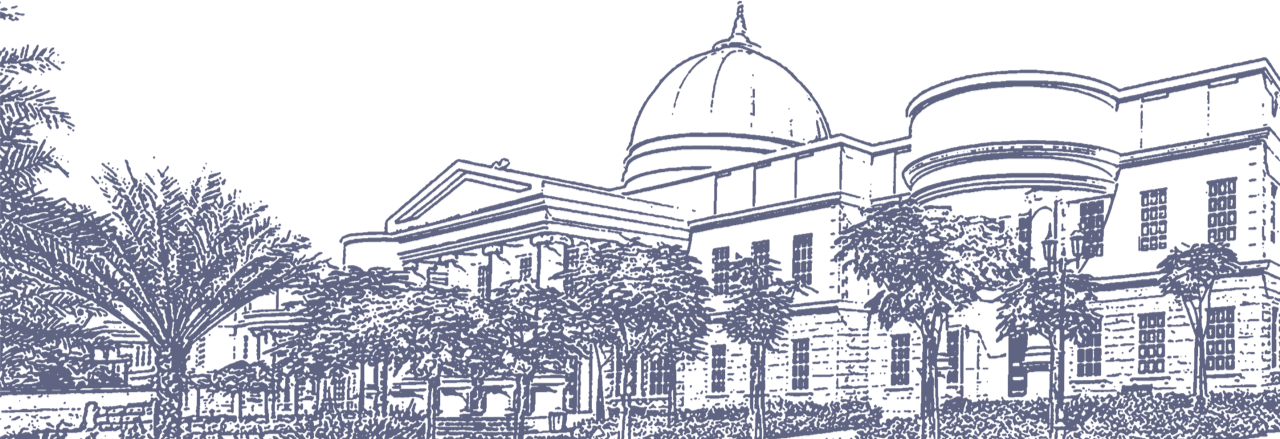Language and Names
One of the most important themes of The House on Mango Street is the power of words. Esperanza first learns that the lack of language (especially English) means powerlessness, as with Mamacita, who is trapped in her apartment by her ignorance and fear of English. This leads to Esperanza understanding the power of controlling language, which first comes through the idea of names. Esperanza has only one name while most characters have several – an English and Spanish name, or nicknames – and she tries to change her name to empower herself and show the “real me.”
Esperanza then expands from names to language itself, and she realizes that mastery over words brings a kind of freedom. She can translate her bad experiences into beautiful language (as she starts to write poetry), which both makes them less bad and helps her process them. Esperanza ultimately hopes to find physical freedom through her writing, as she vows to keep studying and escape Mango Street, yet part of her final promise to return for those “left behind” involves writing about their experiences and memorializing their suffering.
Gender and Sexuality
From the start of the book Esperanza realizes that men and women live in “separate worlds,” and that women are nearly powerless in her society. There is a constant conflict between being a sexual being and keeping one’s freedom, as most of the book’s female characters are trapped both by abusive husbands and needy children. Esperanza comes to recognize this dichotomy as she is caught between her own budding sexuality and her desire for freedom.
To try and reconcile the contradiction, Esperanza decides to become “beautiful and cruel” like a femme fatale of the movies – having both sexuality and autonomy – but she soon finds this impossible in the culture of Mango Street, as Sally is exploited by boys and Esperanza herself is assaulted and raped. Indeed, most of the men in the book are exploitative and violent, and the women rarely help each other, as Tito’s mother ignores Sally’s plight and Sally abandons Esperanza first in the Monkey Garden and then at the carnival. At the end of the book, when Esperanza imagines returning for “the ones left behind,” she is thinking of the powerless women of Mango Street.
Foreigness and Society
The House on Mango Street is set in a Latino community in Chicago, and on one level it is about building a cultural identity in a society where Latinos are seen as foreign. Throughout the book, Esperanza must struggle against the feelings of shame and isolation that come with living in the barrio – she is ashamed of her shabby house and how her classmates see her as “different.” Cathy, her first friend in the neighborhood, represents the people who leave when Latino families move into the neighborhood, and the white people of “Those Who Don’t” who are afraid when they drive past. Esperanza’s struggle against these prejudices leads to a dream of a house of her own—a house she owns, loves, and of which she can be proud—and finding freedom and identity through her writing.

The American University in Dubai is a private, academically and culturally inclusive institution of higher learning, providing a globally recognized American education.
AUD Library
Sheikh Zayed Road
PO Box 28282, Dubai
United Arab Emirates
Call
+971 4 318 3183
+971 4 318 3182
Email
library@aud.edu

